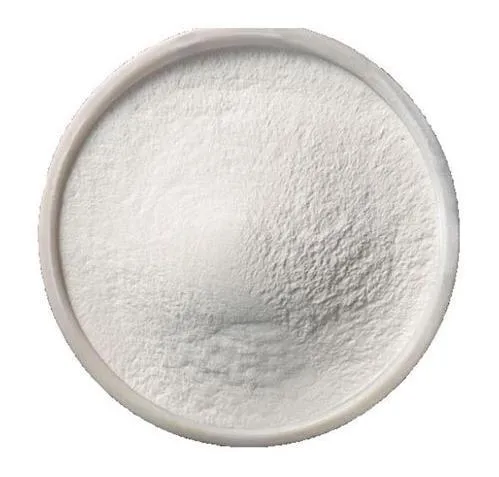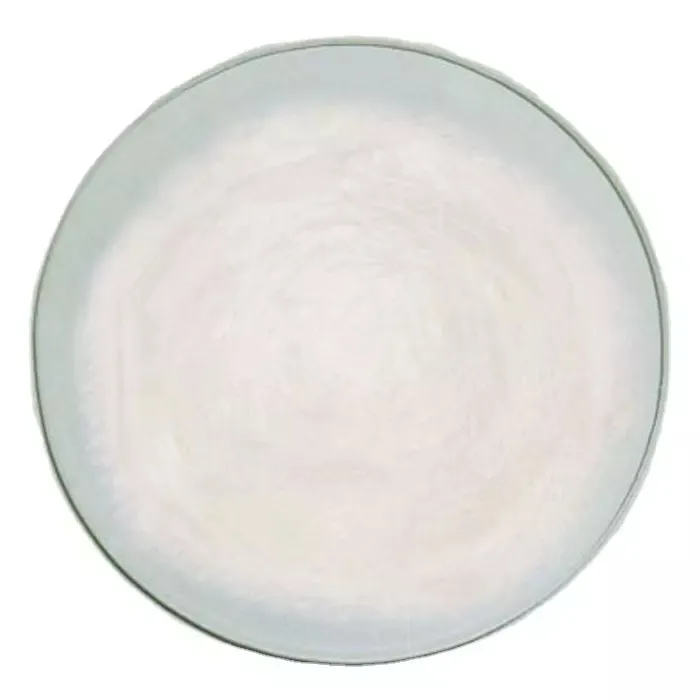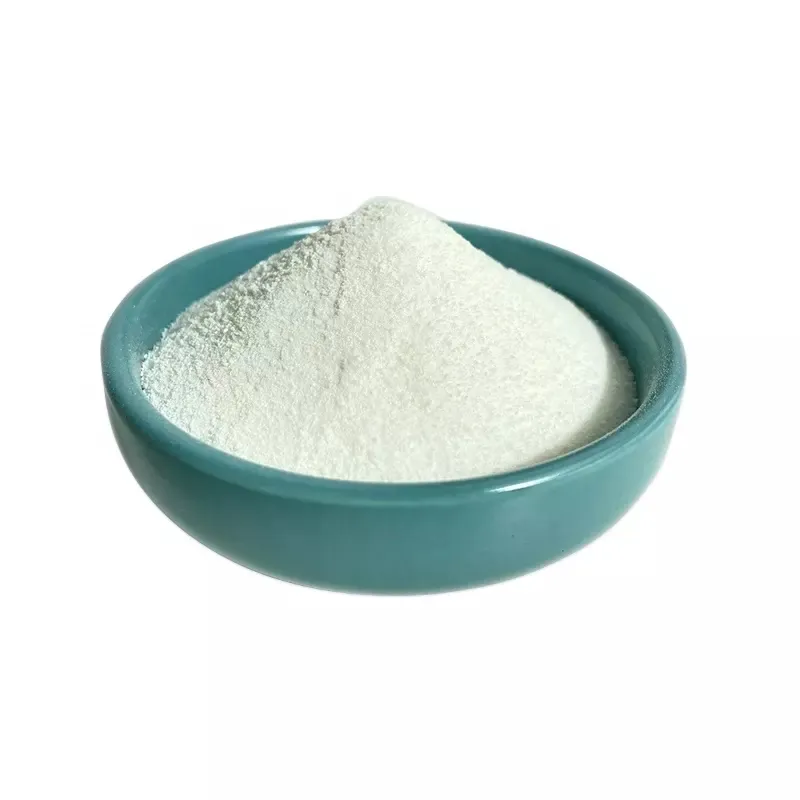Warning: Undefined array key "file" in /home/www/wwwroot/HTML/www.exportstart.com/wp-content/themes/1198/header.php on line 7
Warning: Undefined array key "title" in /home/www/wwwroot/HTML/www.exportstart.com/wp-content/themes/1198/header.php on line 7
Warning: Undefined array key "title" in /home/www/wwwroot/HTML/www.exportstart.com/wp-content/themes/1198/header.php on line 7
- umAfrika
- Albanian
- Amharic
- IsiArabhu
- Armenian
- IsiAzerbaijani
- Basque
- IsiBhelarushiyen
- Bengali
- Bosnian
- Bulgarian
- isiKhathalan
- Cebuano
- eTshayina
- iTshayina (eTaiwan)
- isiKhorsikhen
- Croatian
- Czech
- Danish
- IsiDatshi
- IsiNgesi
- isiEsperanto
- Estonian
- Finnish
- IsiFrentshi
- IsiFrisian
- Galician
- Georgian
- IsiJamani
- IsiGrike
- Gujarati
- isiKriyoli saseHayiti
- Hausa
- isiHawayi
- IsiHebhere
- Hayi
- Miao
- Hungarian
- Iceland
- igbo
- Indonesian
- Irish
- IsiTaliyani
- IsiJaphani
- Javanese
- Kannada
- isiKazakh
- Khmer
- isiRwanda
- Korean
- isiKhudish
- isiKyrgyz
- I-TB
- isiLatini
- Latvian
- isiLithuwaniya
- isiLuksembogu
- Mecedonian
- Malgashi
- Malay
- Malayalam
- Maltese
- isiMawori
- Marathi
- isiMongoliya
- Miyanimar
- Nepali
- Norwegian
- Norwegian
- Occitan
- isiPhashto
- Persian
- Polish
- IsiPhuthukezi
- isiPhunjabi
- Romanian
- IsiRashiya
- isiSamoa
- IsiScottish Gaelic
- isiSebhiya
- IsiNgesi
- IsiShona
- Sindhi
- IsiSinhala
- Slovak
- Slovenian
- isiSomali
- Spanish
- IsiSundanese
- Swahili
- Swedish
- Tagolog
- IsiTajik
- Tamil
- IsiTatar
- Telugu
- IsiThai
- IsiTurkey
- isiTurkmen
- Isi-Ukraine
- IsiUrdu
- Uighur
- IsiUzbek
- IsiVietnamese
- IsiWelsh
- Nceda
- Yiddish
- IsiYoruba
- IsiZulu
CAS 56-85-9 L-Glutamine Powder
L-glutamic acid is an acidic amino acid. The molecule contains two carboxyl groups, the chemical name is α-aminoglutaric acid. L-glutamic acid was discovered in 1856 by Lessoson. It is a colorless crystal, with umami, slightly soluble in water and soluble in hydrochlori acid solution, with isoelectric point of 3.22. A large number of existing in cereal protein, animal brain content is more. L-glutamate plays an important role in the metabolism of proteins in organisms and participates in many important chemical reactions in animals, plants and microorganisms.

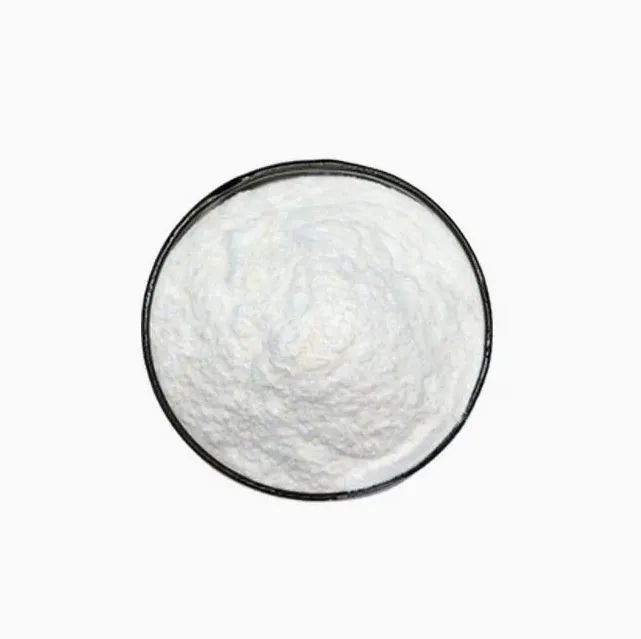
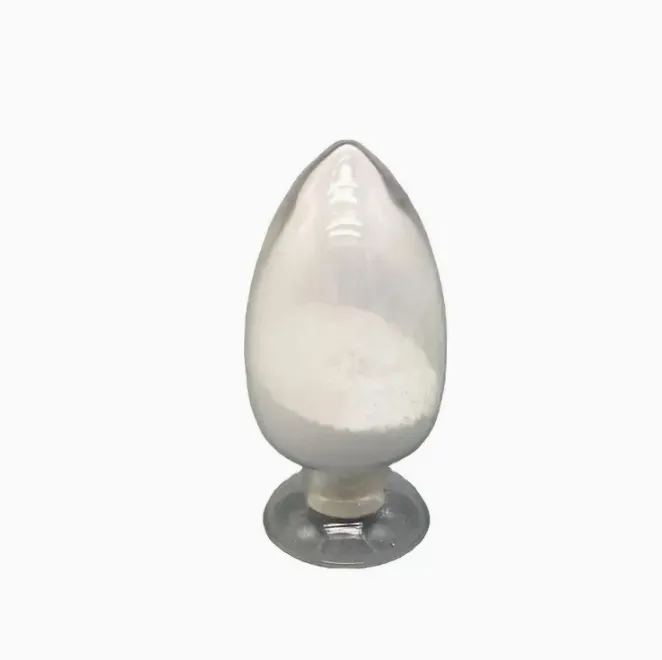
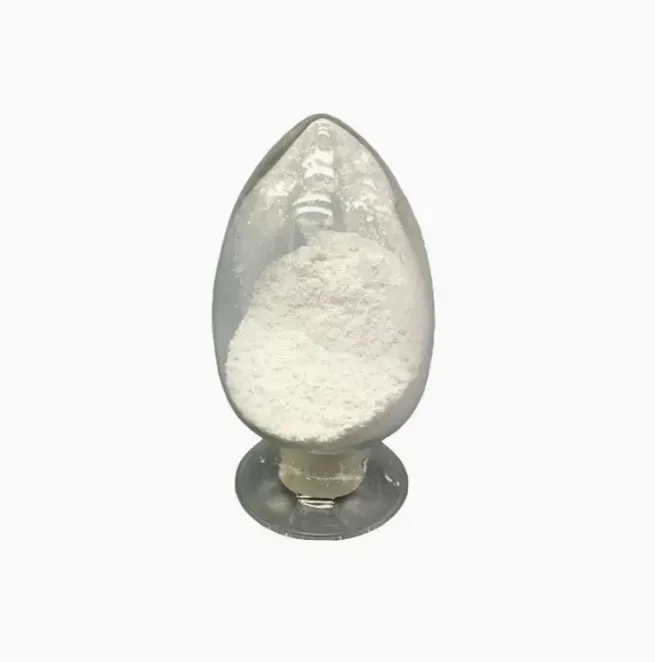
1. Glutamine can help muscle growth
2. Glutamine can increase strength
3. As a fuel of the immune system, Glutamine can boost the immune system function
4. Glutamine can be used as a basic energy source of Gastrointestinal lumen cells
5. Glutamine can improve brain function
6. Glutamine can improve the body's antioxidant capacity
7. Glutamine can promote protein metabolism
8. Glutamine can keep the intestinal permeability of severe acute pancreatitis patients,reduce the occurrence of gut bacteria translocation, suppress inflammatory mediator release, reduce the level of the body's stress response
9. Glutamine can used on biochemical research as the bacteria culture.
Sinemizi-mveliso emininzi ekumgangatho ophezulu enentsebenziswano enzulu, enokubonelela ngeemveliso ezikumgangatho ophezulu kunye namaxabiso akhuphisanayo. Kwaye sinako ukunika izaphulelo zokuthengwa kwezinto ezininzi.Kwaye siyasebenzisana neenkampani ezininzi zokuthunyelwa kwempahla, zinokuzisa iimveliso ngokukhuselekileyo nangokutyibilikayo ezandleni zakho. Ixesha lokuhambisa limalunga neentsuku ezi-3-20 emva kokuqinisekiswa kwentlawulo.




| Into | Inkcazo | Isiphumo | Method | ||
| Description | |||||
| Imbonakalo | Umgubo omhlophe | Iyahambelana | Visual | ||
| Ivumba | Characteristic | Iyahambelana | Organoleptic | ||
| Taste | Characteristic | Iyahambelana | Organoleptic | ||
| Part Used | Leaf | Iyahambelana | |||
| Particle Size | 100% through 80 mesh | Iyahambelana | CP2015 | ||
| Bulk Density | 0.20g/ml~0.40g/ml | 0.25g/ml | CP2015 | ||
| Maker Compounds | |||||
| Chemical Test | |||||
| Loss on drying | ≤5.00% | 3.8% | GB 5009.3 |
||
| Heavy Metals | |||||
| Total Heavy Metals | ≤10ppm | Iyahambelana | GB 5009.74 | ||
| Arseni | ≤0.5ppm | Iyahambelana | GB 5009.11 | ||
| Lead | ≤0.5ppm | Iyahambelana | GB 5009.12 | ||
| Microbiological Tests | |||||
| TotalPlate Count | ≤1000cfu/g | 110cfu/g | CP2015 | ||
| Yeast&Mold | ≤100cfu/g | 20cfu/g | CP2015 | ||
| Staphylococcus | Ibi | Ibi | CP2015 | ||
| Salmonella | Ibi | Ibi | CP2015 | ||
| E. Coli | Ibi | Ibi | CP2015 | ||

1. Ngaba uyifektri okanye inkampani yokurhweba?
Siyinkampani edibanisa ishishini kunye norhwebo, ukubonelela ngenkonzo yokumisa enye.OEM inokwamkelwa.
2. Ngaba ubonelela ngeesampulu? Isimahla okanye yongeziweyo?
Iisampuli zasimahla. Umrhumo womthwalo wesampulu kufuneka uhlawulwe ecaleni kwakho.
3. Ingaba unazo naziphi na izatifikethi ezinxulumene nolawulo lomgangatho?
ISO 9001:2008 isiqinisekiso sokuqinisekisa umgangatho.
4. Ndingenza ntoni ukuze ndifumane ikowuteshini?
I-Pls isazise ngohlobo lwemveliso oyidingayo, ubungakanani beodolo, idilesi kunye neemfuno ezithile. Uqikelelo-mali luya kwenzelwa ireferensi yakho kwangethuba.
5. Loluphi uhlobo lwendlela yokuhlawula oyikhethayo? Ngawaphi amagama amkelweyo?
IMigaqo yoHambiso eyaMkelweyo: FOB,CFR,CIF,EXW;
Imali eyamkelekileyo yeNtlawulo:USD;
Accepted Payment Type: T/T,Western Union; Paypal,BTC
Ulwimi oluthethwayo:IsiNgesi.
Iindidi zeemveliso
-
 Apr . 27, 2025Zibo will host the 2025 International Chemical ExpoZibo, a city known for its thriving chemical industry, will host the 2025 Zibo International Chemical Expo from May 16 to May 18, 2025. This highly anticipated event aims to bring together industry leaders, innovators and stakeholders from around the world to explore the latest advancements and trends in the chemical industry.
Apr . 27, 2025Zibo will host the 2025 International Chemical ExpoZibo, a city known for its thriving chemical industry, will host the 2025 Zibo International Chemical Expo from May 16 to May 18, 2025. This highly anticipated event aims to bring together industry leaders, innovators and stakeholders from around the world to explore the latest advancements and trends in the chemical industry. -
 Apr . 22, 20252025 Yokohama Cosmetics Raw Materials and Technology ExhibitionYOKOHAMA, Japan – The City of Yokohama is preparing to host the much-anticipated Cosmetics Ingredients & Technologies 2025 from May 14 to May 16, 2025. The premier event is expected to attract industry professionals, innovators and enthusiasts from around the world to showcase the latest advancements in cosmetic ingredients and technologies.
Apr . 22, 20252025 Yokohama Cosmetics Raw Materials and Technology ExhibitionYOKOHAMA, Japan – The City of Yokohama is preparing to host the much-anticipated Cosmetics Ingredients & Technologies 2025 from May 14 to May 16, 2025. The premier event is expected to attract industry professionals, innovators and enthusiasts from around the world to showcase the latest advancements in cosmetic ingredients and technologies. -
 Apr . 18, 20252025 India Mumbai Fine Chemicals ExhibitionMUMBAI, India – The bustling metropolis of Mumbai is gearing up to host the much-anticipated Fine Chemicals Expo on April 29-30, 2025. The premier event is expected to attract industry leaders, innovators and stakeholders from across the world to showcase the latest advancements in the fine chemicals sector.
Apr . 18, 20252025 India Mumbai Fine Chemicals ExhibitionMUMBAI, India – The bustling metropolis of Mumbai is gearing up to host the much-anticipated Fine Chemicals Expo on April 29-30, 2025. The premier event is expected to attract industry leaders, innovators and stakeholders from across the world to showcase the latest advancements in the fine chemicals sector.




